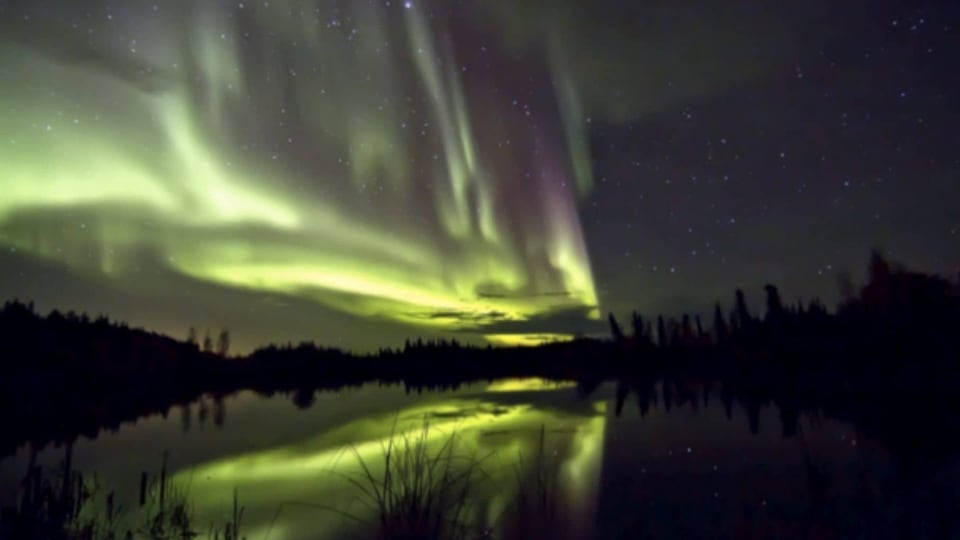Sunspot ready to explode, may send solar flares Earthward, spark geomagnetic storm: NASA SDO
NASA SDO has revealed that there is a danger of a recent sunspot releasing an M-Class solar flare in Earth's direction and it can spark a geomagnetic storm on our planet.
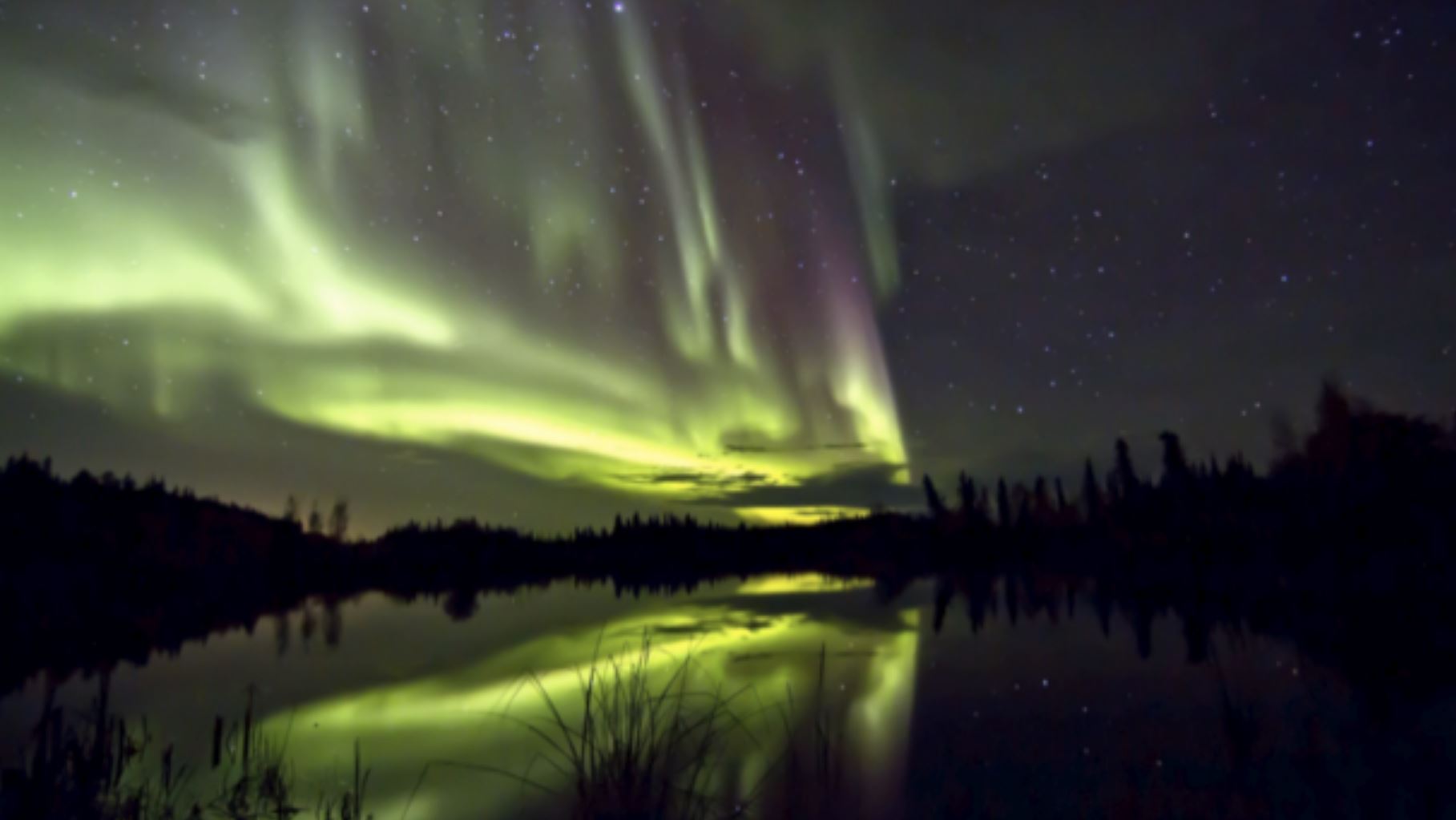

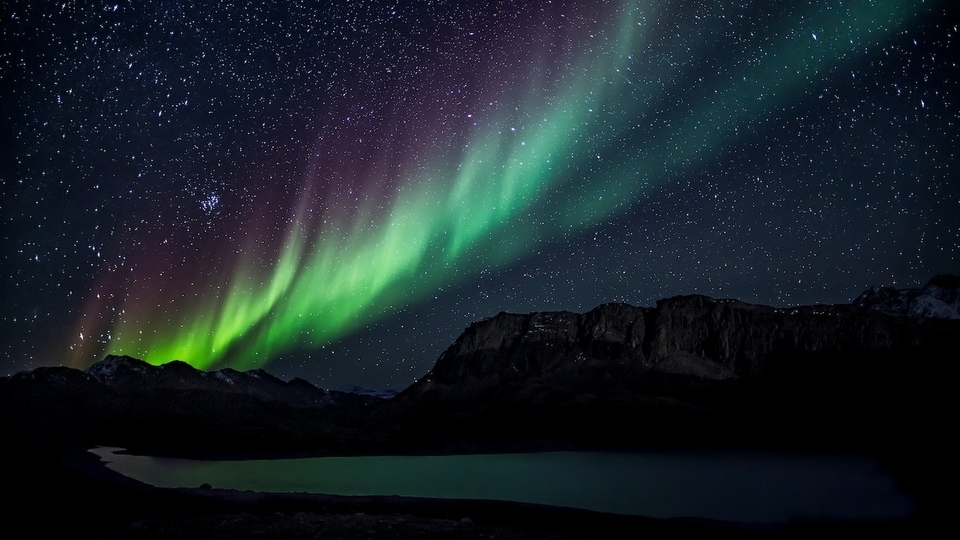


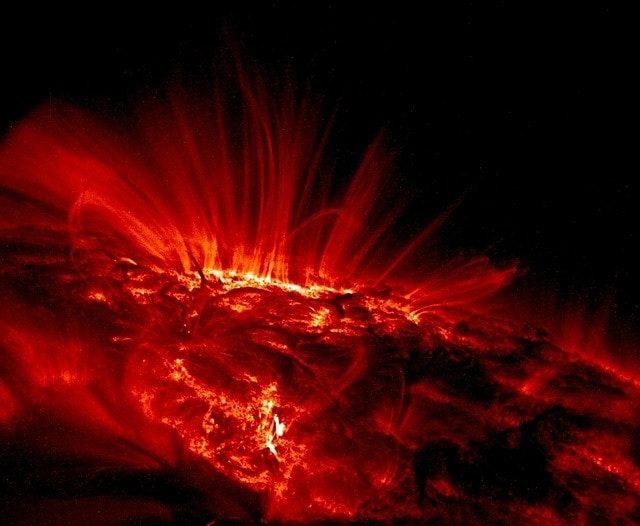

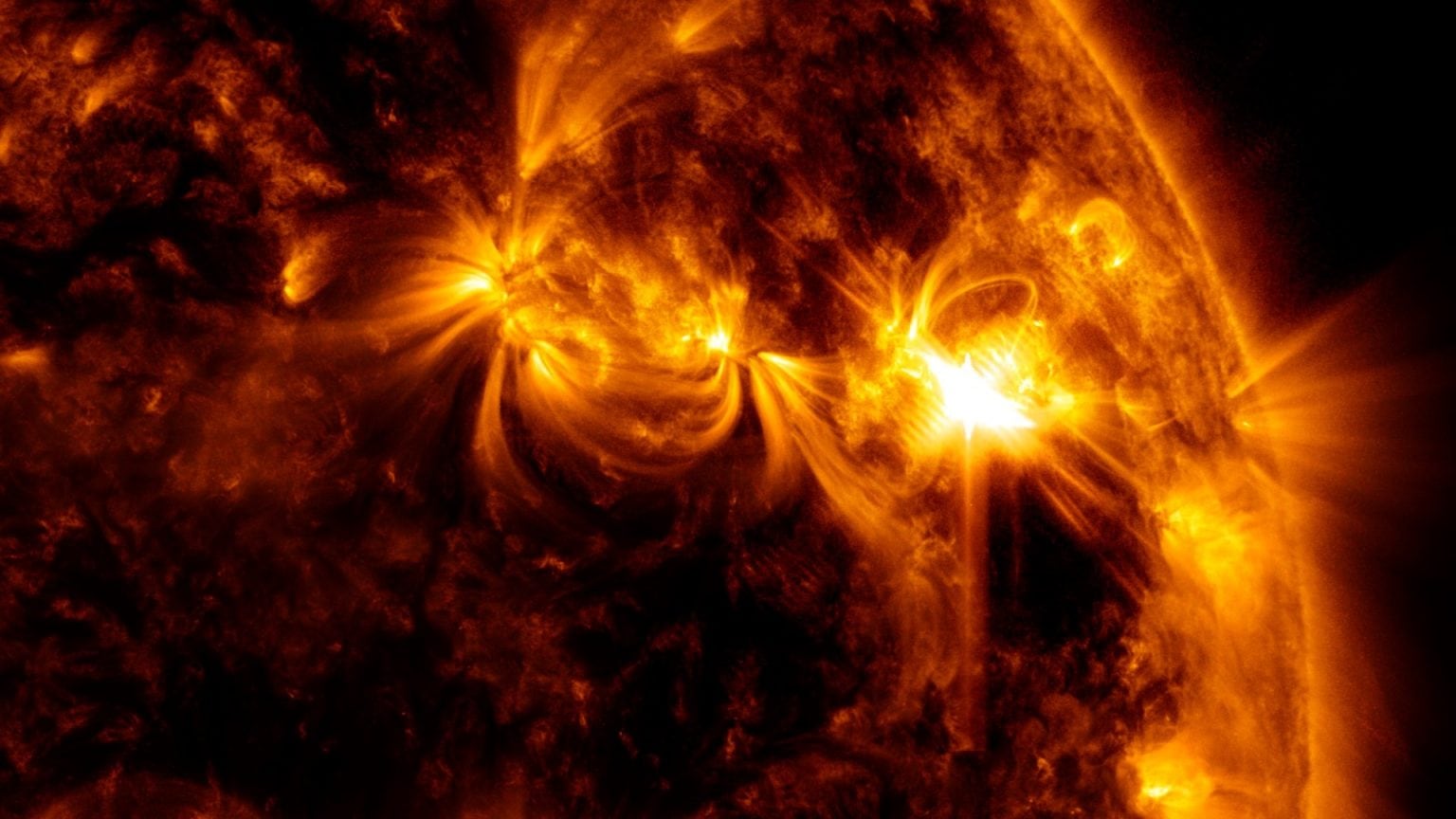
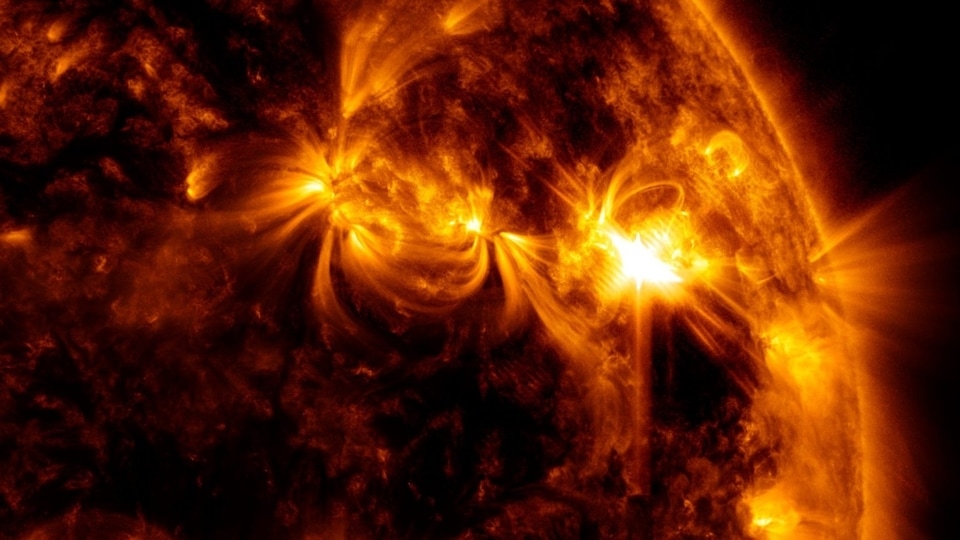
First Published Date: 14 Nov, 20:26 IST
Tags:
geomagnetic storms
NEXT ARTICLE BEGINS




